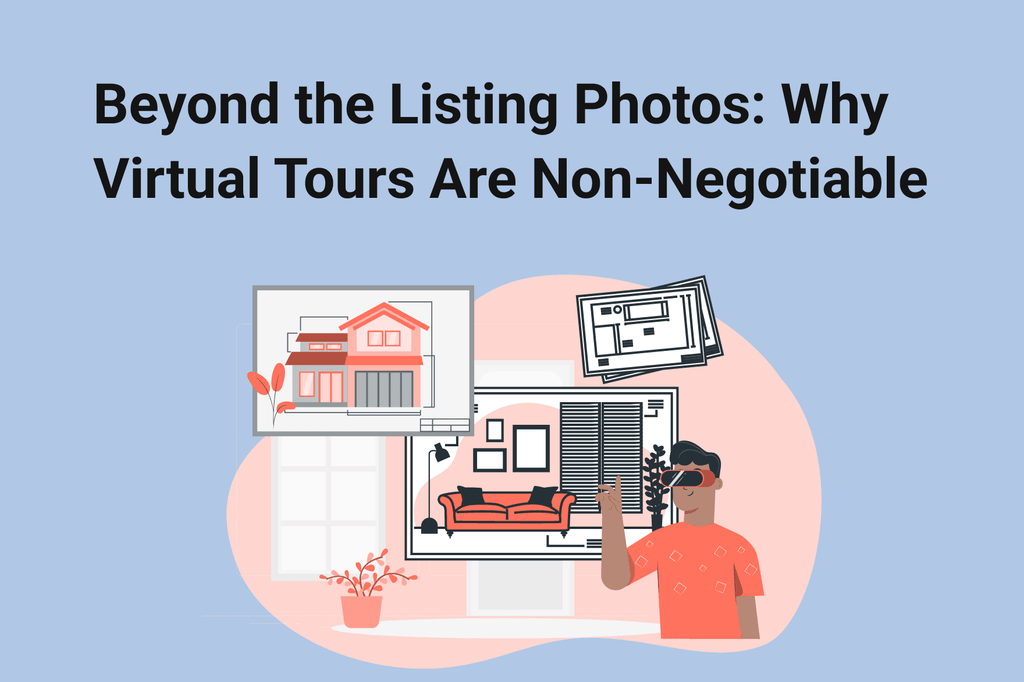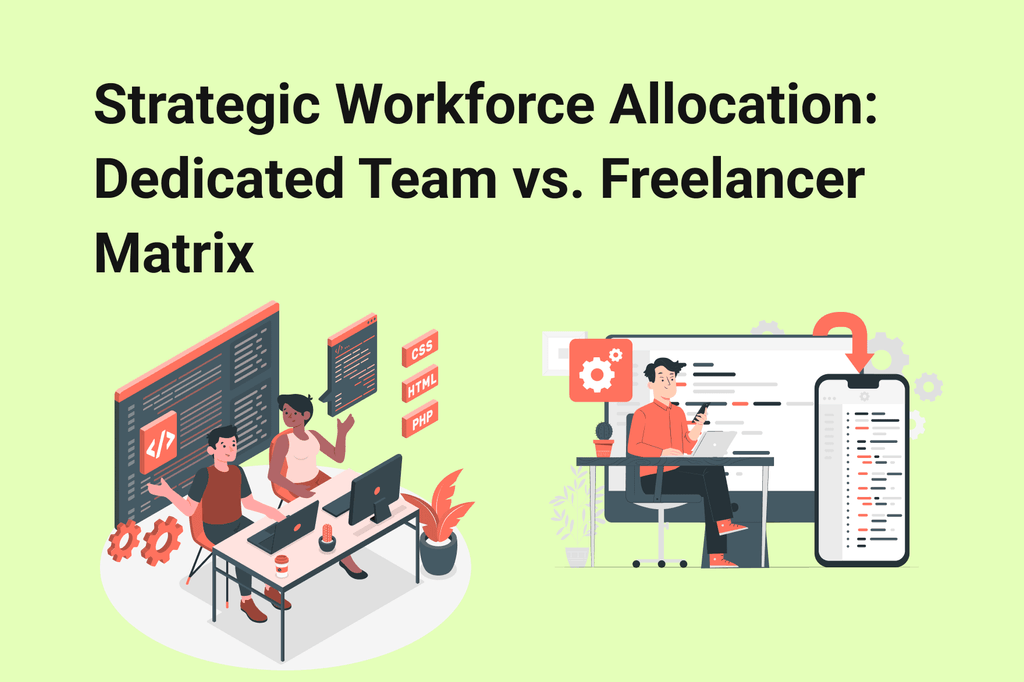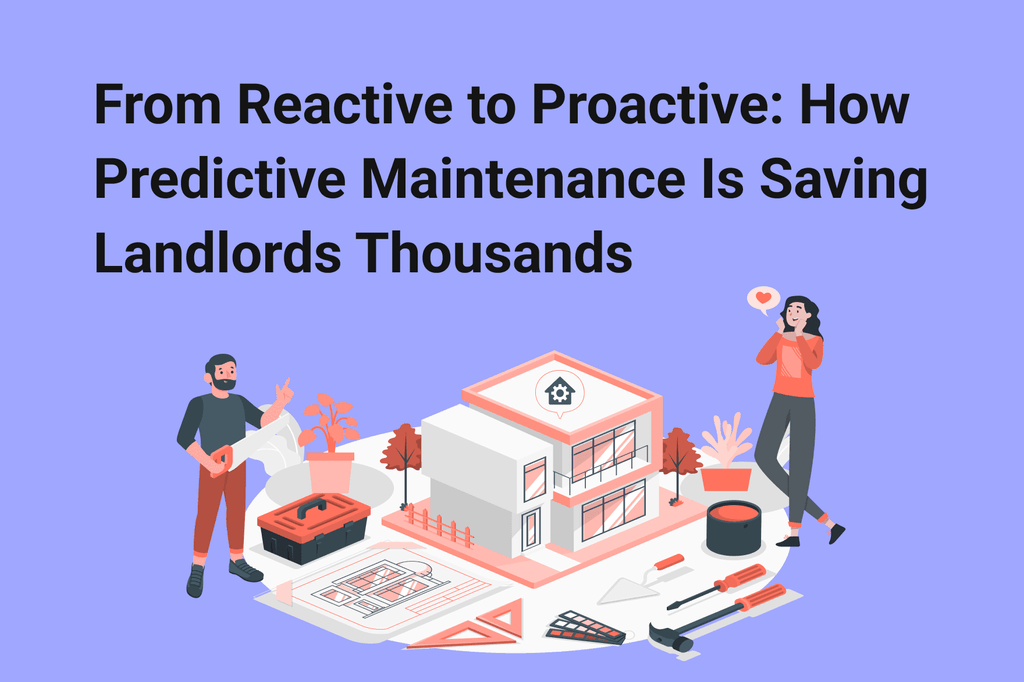
Don’t know where to start?
We will advise you on the best way to realize your idea, leveraging our expertise
FAQ
What is a no-code minimum viable product?
A no-code minimum viable product can help you get started with the development process without having to hire developers or engineers who are well-versed in coding at a lower rate. This enables you to gain valuable insights into what your end users need before you begin full-scale product development.
How much time would it take to code a minimum viable product?
It takes about 3-4 months to develop and release an MVP. However, this timeframe can change depending on each case because every project is unique. After the initial discussion with the developers' team, they will be able to dive into your idea and calculate how long the project will take to complete.
How to Build Minimum Viable Product (MVP) without coding?
The first step in building a no-code MVP is to gain insight into the problem and its solution. One way to do this is to leverage a product/market fit approach that clarifies your target customers, value proposition, feature set, underserved needs, and user experience. Then you can find a pre-made and minimally customizable solution that addresses these needs.
Table of contents:
Want to estimate your app idea?




